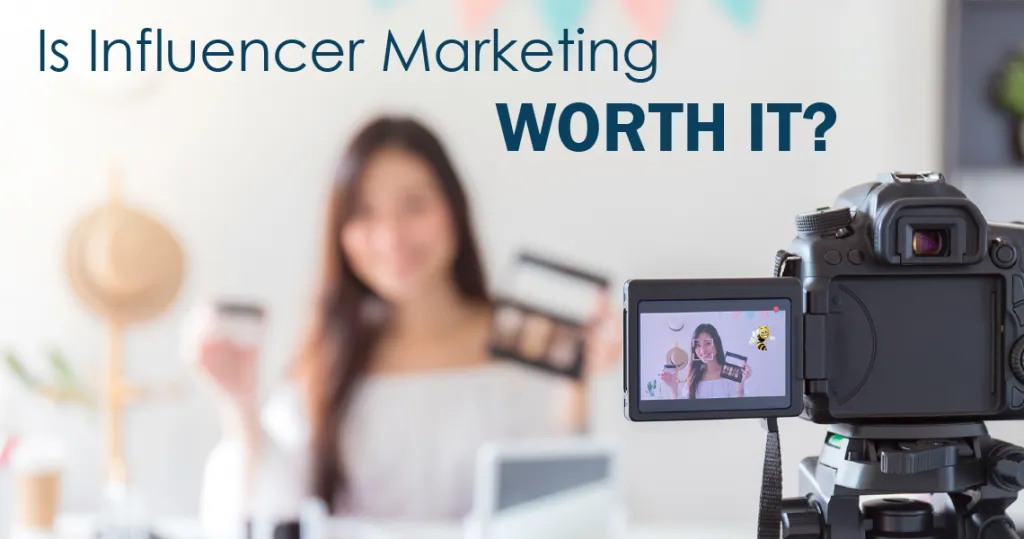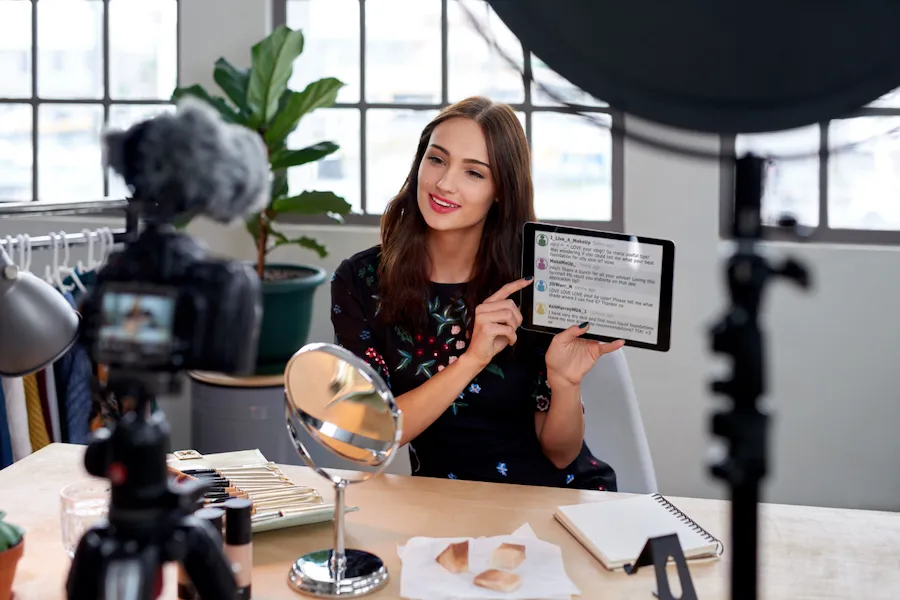Personal Fashion Business – How to Influencer marketing has become a cornerstone of modern fashion branding. With the rise of social media, fashion brands now have unprecedented access to vast audiences through influential voices. To truly harness the power of influencer marketing, it’s essential to craft a strategy that aligns with your brand’s goals and resonates with your target audience. In this comprehensive guide, we’ll explore the nuances of leveraging influencer marketing in fashion, from selecting the right influencers to measuring success. Buckle up as we dive into the dynamic world of fashion and influencer collaboration.
Understanding How to Influencer Marketing
What is Influencer Marketing?
How to Influencer marketing involves partnering with individuals who have a significant following on social media or other online platforms. These influencers use their platforms to promote brands and products, leveraging their credibility and reach to drive engagement and sales.
The Rise of Influencer Marketing in Fashion
In the fashion industry, influencers play a crucial role in shaping trends and consumer preferences. With their ability to connect authentically with audiences, influencers can drive brand awareness, generate buzz, and influence purchasing decisions.
Identifying the Right Influencers for Your Brand
Defining Your Goals and Audience
Before reaching out to influencers, it’s important to define your marketing goals and understand your target audience. Are you looking to increase brand awareness, drive sales, or promote a new collection? Knowing your objectives will help you choose influencers whose audience aligns with your brand’s demographic.
Types of Influencers
- Mega-Influencers: Celebrities or individuals with millions of followers. They offer massive reach but often come with a high price tag.
- Macro-Influencers: Influencers with hundreds of thousands to a few million followers. They strike a balance between reach and engagement.
- Micro-Influencers: Individuals with smaller, niche followings. They often have higher engagement rates and can provide more targeted promotion.
- Nano-Influencers: People with a few thousand followers. They offer highly engaged audiences and authentic connections.
Researching Potential Influencers
Use social media analytics tools and platforms like Instagram, TikTok, and YouTube to identify influencers who align with your brand’s values and aesthetics. Look for influencers who have a history of collaborating with fashion brands and whose content resonates with your target audience.
Crafting an Influencer Collaboration Strategy
Setting Clear Objectives
Outline what you aim to achieve through the collaboration. Whether it’s increasing sales, driving traffic to your website, or boosting brand awareness, clear objectives will guide your strategy and help measure success.
Other articles:
Creating a Compelling Brief
Provide influencers with a detailed brief that includes information about your brand, campaign goals, key messages, and any specific requirements. This ensures that the content they create aligns with your brand’s image and objectives.
Choosing the Right Type of Collaboration
- Sponsored Posts: Pay influencers to create content featuring your products.
- Product Reviews: Send products to influencers for honest reviews and feedback.
- Giveaways and Contests: Collaborate on contests or giveaways to engage audiences and increase brand visibility.
- Affiliate Marketing: Provide influencers with affiliate links to earn commissions on sales generated through their promotions.
Creating Engaging Content
Maintaining Authenticity
Authenticity is key in influencer marketing. Ensure that the content created by influencers feels genuine and aligns with their personal style. Audiences can easily spot inauthentic promotions, which can negatively impact your brand’s reputation.
Encouraging Creativity
Allow influencers the freedom to create content that resonates with their audience. While it’s important to provide guidelines, giving influencers creative control can result in more engaging and effective content.
Using High-Quality Visuals
Fashion is inherently visual, so invest in high-quality images and videos. Ensure that the content showcases your products in a way that highlights their features and appeals to your target audience.
Measuring the Success of Influencer Campaigns
Key Metrics to Track
- Engagement Rates: Monitor likes, comments, shares, and overall interaction with the content.
- Reach and Impressions: Measure how many people saw the content and how often.
- Referral Traffic: Track the number of visitors directed to your website from influencer links.
- Sales and Conversions: Assess the impact of the campaign on sales and conversion rates.
Analyzing Performance
Regularly review the performance of your influencer campaigns to determine what’s working and what needs improvement. Use insights to refine your strategy and optimize future collaborations.
Avoiding Common Pitfalls
Overlooking Authenticity
Avoid partnering with influencers who don’t genuinely align with your brand. Authenticity is crucial for building trust with your audience.
Neglecting Contractual Agreements
Ensure that all terms and conditions are clearly outlined in a contract. This includes deliverables, deadlines, compensation, and any legal considerations.
Ignoring Audience Feedback
Pay attention to feedback from the influencer’s audience. Negative comments or reactions can provide valuable insights into how your brand is perceived.
Other articles:
Building Long-Term Relationships
Fostering Strong Partnerships
Cultivate long-term relationships with influencers who consistently deliver high-quality content and align with your brand values. Building strong partnerships can lead to more effective collaborations and increased brand loyalty.
Offering Continued Support
Show appreciation for your influencers by providing ongoing support and recognition. This can include exclusive access to new collections, special discounts, or personalized gifts.
The Future of Influencer Marketing in Fashion
Evolving Trends
As social media continues to evolve, so will influencer marketing. Stay updated on emerging trends and adapt your strategy accordingly to remain relevant and effective.
Embracing New Platforms
Explore new social media platforms and digital spaces where influencers are gaining traction. Diversifying your influencer marketing efforts can help you reach new audiences and stay ahead of the competition.
Conclusion
Leveraging how to influencer marketing in fashion requires a strategic approach that combines careful planning, creative collaboration, and continuous optimization. By selecting the right influencers, crafting compelling content, and measuring success effectively, you can harness the power of influencer marketing to elevate your brand and drive meaningful engagement. Stay authentic, adapt to evolving trends, and build strong partnerships to ensure long-term success in the dynamic world of fashion.
FAQ How to Influencer Marketing in Fashion
-
How do I find the best influencers for my fashion brand?
Start by defining your brand’s goals and target audience. Use social media analytics tools to research influencers whose audience aligns with your demographic and who have a track record of successful fashion collaborations.
-
What should I include in an influencer brief?
An influencer brief should include information about your brand, campaign goals, key messages, specific requirements, and any guidelines for content creation. This helps ensure that the influencer’s content aligns with your brand’s objectives.
-
How can I measure the success of my influencer marketing campaign?
Track key metrics such as engagement rates, reach, impressions, referral traffic, and sales conversions. Analyzing these metrics will help you assess the effectiveness of your campaign and make data-driven decisions.
-
What are some common mistakes to avoid in influencer marketing?
Common mistakes include partnering with influencers who don’t align with your brand, neglecting contractual agreements, and ignoring audience feedback. Ensuring authenticity and clear communication can help avoid these pitfalls.
-
How can I build long-term relationships with influencers?
Foster strong partnerships by consistently delivering value, showing appreciation, and offering ongoing support. Building a mutually beneficial relationship can lead to more successful collaborations and increased brand loyalty.



